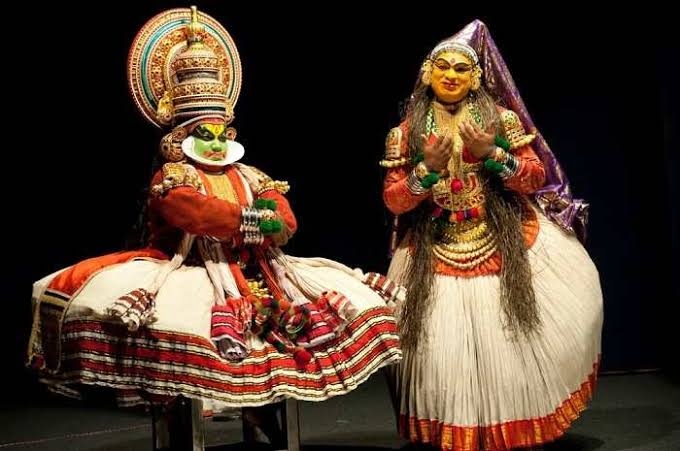Good Evening Friends,
We are Posting Today’s Prelims Marathon
About Prelims Marathon – In this initiative, we post 5 high-quality MCQs daily. Questions are based on the static part of the syllabus. We at ForumIAS believe that practising quality questions on a daily basis can boost students’ prelims preparation.
For old Archives of Prelims Marathon, Click on “Archives”
[WpProQuiz 1404]







RESULTS
4 of 5 questions answered correctly
Your time: 00:01:31
You have reached 4 of 5 scores, (80%)
3/5
RESULTS
4 of 5 questions answered correctly
Your time: 00:01 Mohiniattam. :28
:28
You have reached 4 of 5 scores, (80%)
Kathakali-
4/5
Pipli embroidery –Odisha